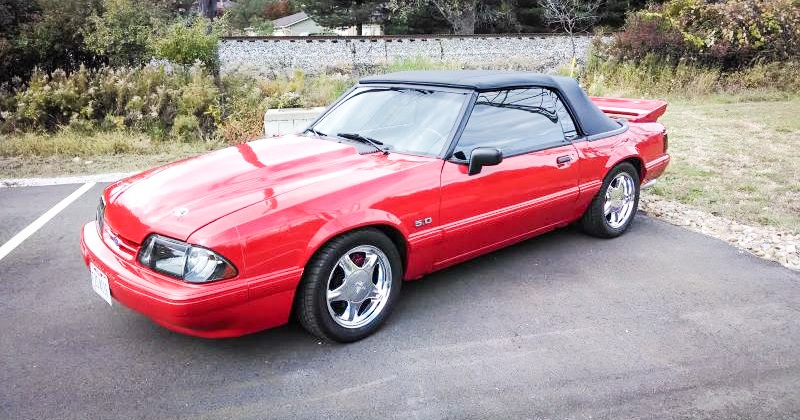Mustangs are a classic platform immensely popular to modify and for very good reason. The stock 5.0L push rod, factory rated at 225HP, soon becomes a little under-powered for most enthusiast’s tastes. Thankfully, the Mustang aftermarket has absolutely exploded with new or revised designs for just about every aspect of these iconic vehicles.
From performance enhancing to restoring, there literally is a part for anyone’s desire. The thing is though, you don’t want to go about modifying your Mustang by throwing any and every part at it, willy-nilly. No, rather, there is a strategy for picking parts and making power. It’s not quite as simple as just dumping in more fuel, unfortunately.
Listed below, for everyone else to read, are the modifications in which I would go about upgrading my Foxbody. Power is fun, there is no doubt about that. However, power cannot be the only focus to create a truly enjoyable vehicle. Below is a compilation of the most common and best-suited primary modifications for any Fox 5.0 based Mustang, 1987-95.
Table of Contents
- Engine Tune-Up
- Subframe Connectors
- Gears
- Brakes
- Exhaust Headers
- Mass Air Meter (if Equipped)
- Throttle Body
- Intake Manifold
- Cylinder Heads
- Camshaft
- Short Throw Shifter
Shop 1979-1993 Foxbody Mustang Parts












